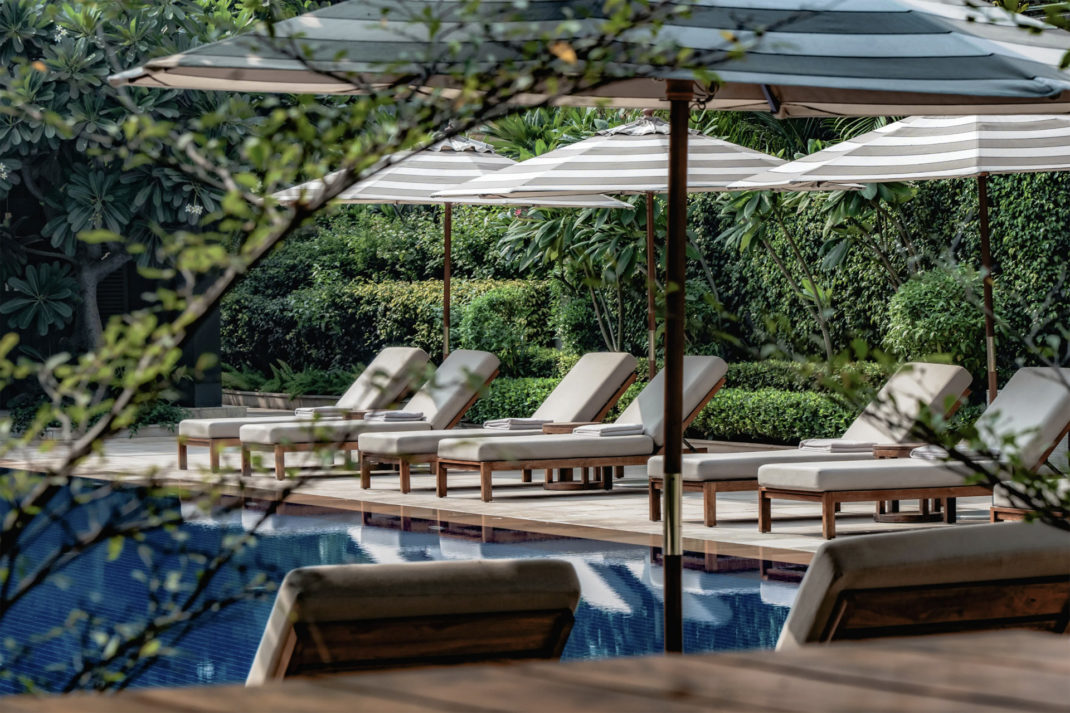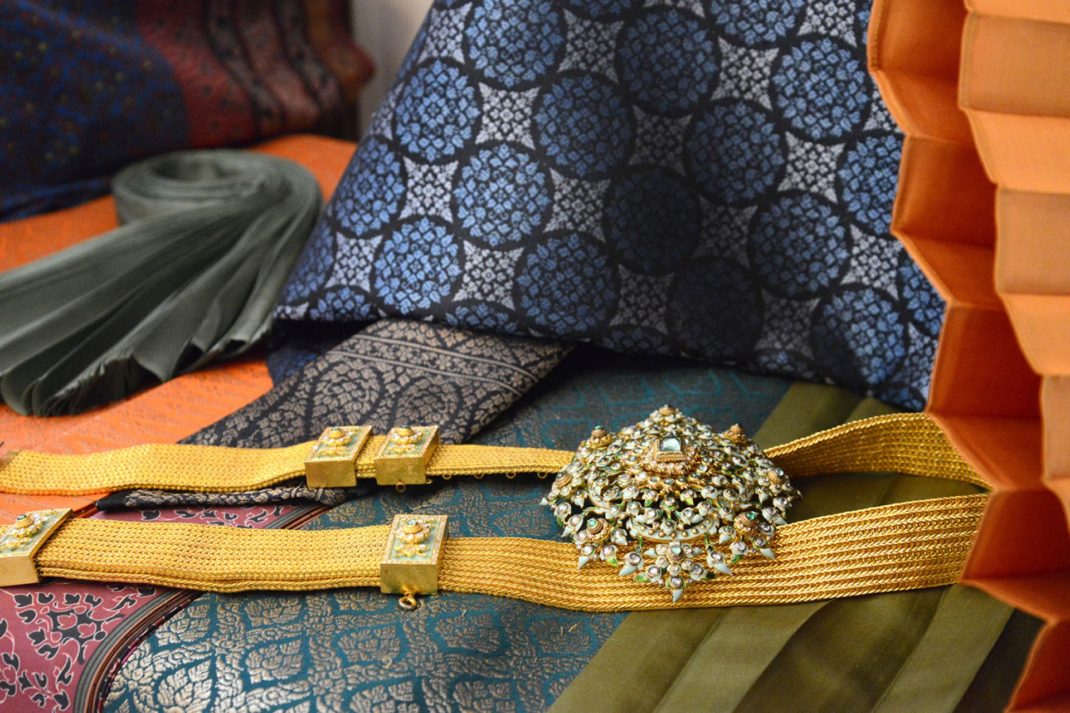How Country Estates Are Leading Britain’s Green Revolution
By
4 years ago
Discover the trailblazing estates and their owners shaping Britain's eco transformation
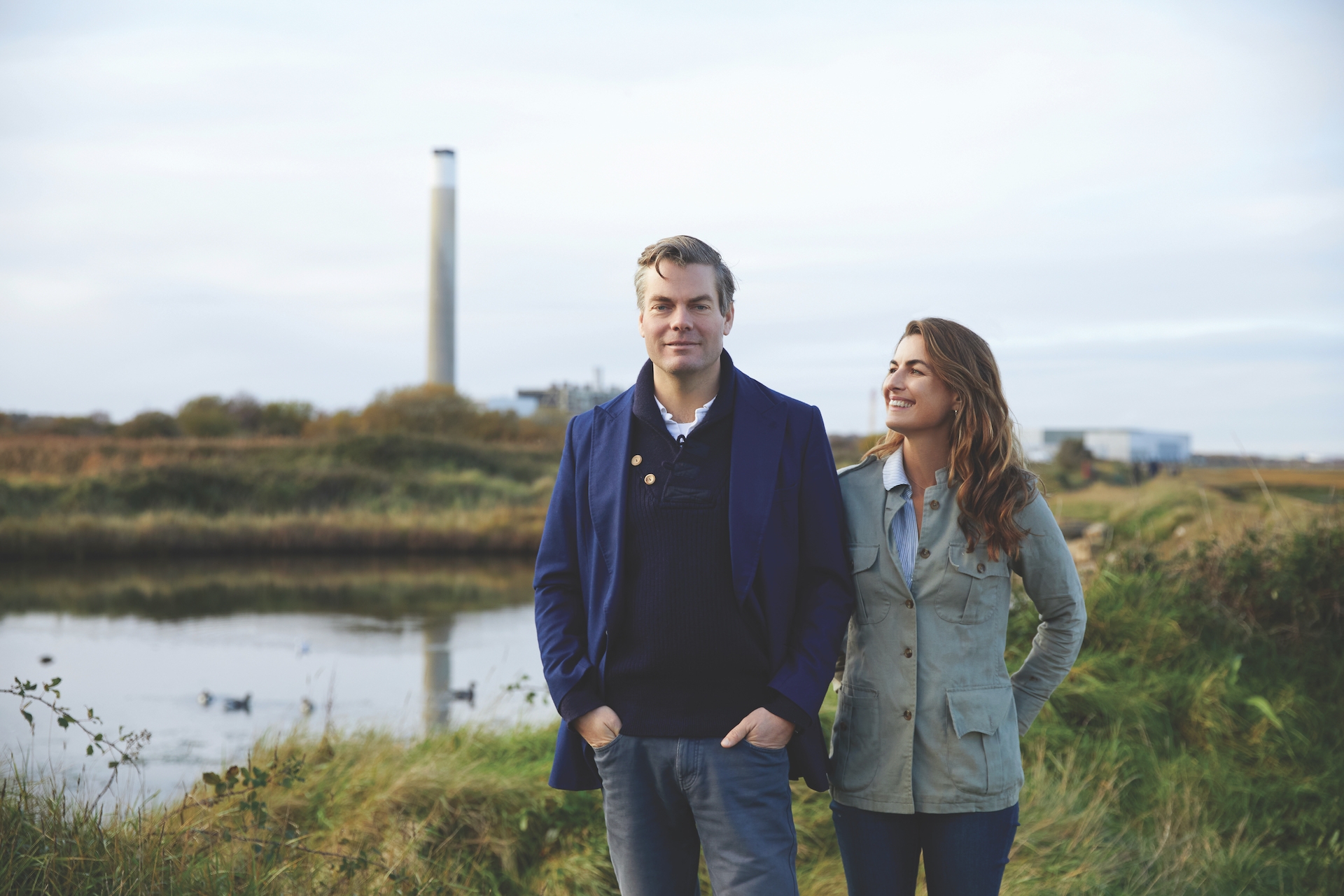
Imagining a better future for rural Britain.
The British Country Estates Leading the Eco-Charge
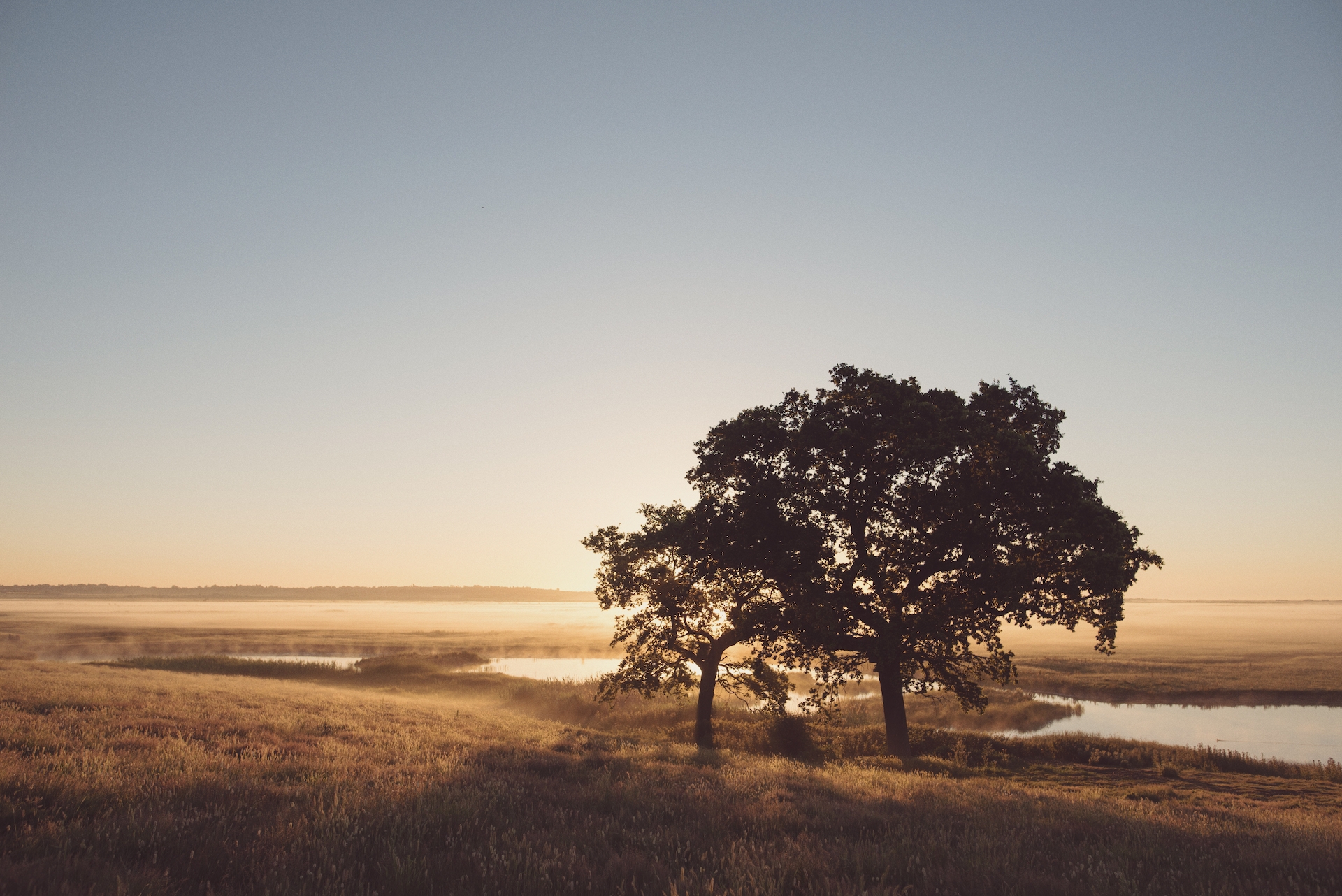
The history of Britain is entangled with the history of its country estates, many of which precede the Domesday Book. Over the centuries they have shaped the countryside and moulded our agricultural practices; landowners formed the majority of people entitled to vote before 1832.
After a century of shrinking importance thanks to modernisation, mass-market production and globalisation, the influence of British country estates is on the rise once again with a new purpose and identity: as the vanguard of the British green revolution, restoring nature, rebuilding ecological systems and imagining a better future for the countryside.
It’s an idea that’s been spearheaded by the likes of Charlie Burrell and Isabella Tree at the Knepp estate in West Sussex, Paul Lister of Alladale Wilderness Reserve in Scotland, and, of course, HRH Prince Charles. But there are plenty of other landowners doing it their own way, with special consideration of their unique environments and, ultimately, with fascinating, long-term benefits for people and planet alike.
From new green towns to regenerative agriculture, the British country estates shown here have different visions for building a better future. But what they share is both the space to make it happen and the drive to see it through – whether it’s trying new farming practices, restoring biodiversity or bringing communities back together again through circular economies.
Fee Drummond of Cadland estate in Hampshire sums it up: ‘We believe there’s a better way of life. We’ve got to lead the way and create the change.’
Elmley, Kent
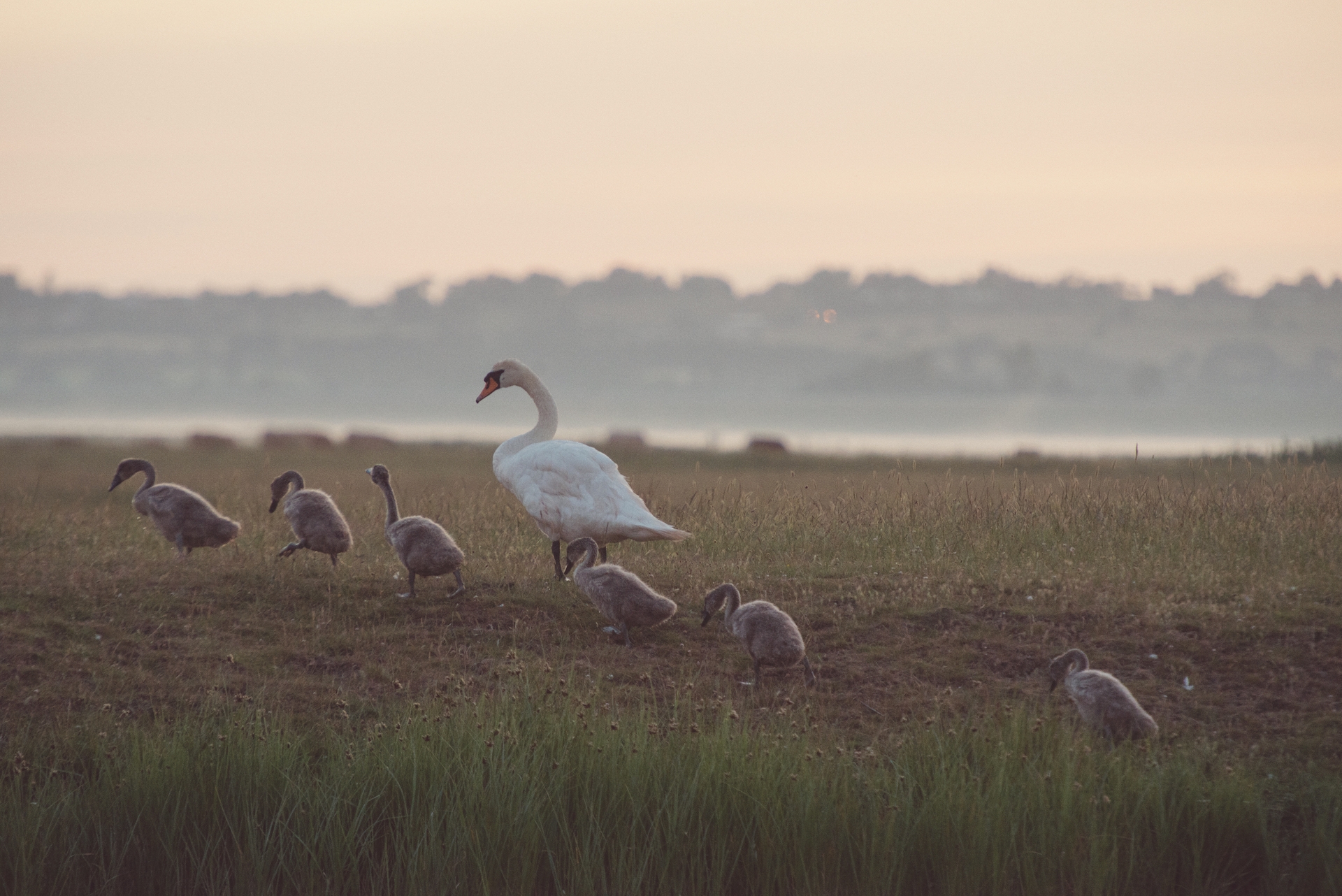
Sunrise at Elmley Nature Reserve
Back in the 1980s, Elmley estate on the Isle of Sheppey was designated SSSI: a site of special scientific interest. This meant its owners, Philip and Corinne Merricks, had to move away from intensive arable farming and revert to wet grassland, a habitat rich in biodiversity.
The Merricks embraced the change and as a result the country’s first and only farmed national nature reserve was born. It’s looked after today by their daughter Georgina and son-in-law Gareth Fulton. The estate is completely off-grid, and the reserve is home to a huge number of rare and endangered species.
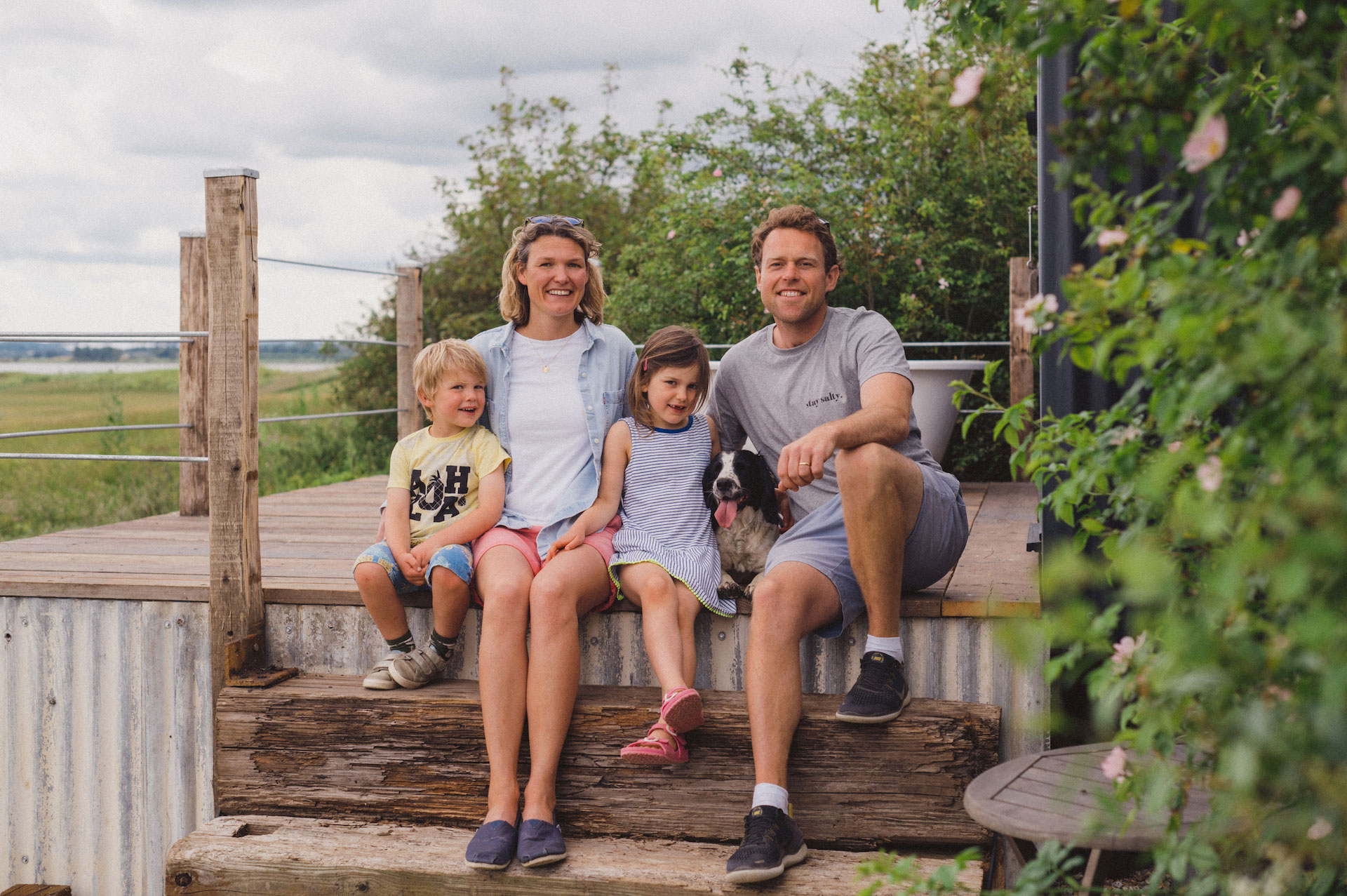
Georgina, Gareth and family, of Elmley Nature Reserve
The huge size of the 3,200-acre estate means that biodiversity has boomed there since the Eighties. ‘While the rest of the country’s lapwing population has dropped by 90 per cent in 30 years, Elmley’s has reached pre-intensification levels,’ explains Gareth. ‘Another good example is the marsh harrier: in 1974 there was only one pair left in England. Last February we counted 164 marsh harriers on site. If you do wildlife at scale the benefits are massive.’ Alongside the reserve, there are also grazing sheep and a flock of 700 cattle. ‘They’re essential for maintaining the wild habitat and for good soil health,’ he says.
Georgina and Gareth have also opened holiday yurts and cottages as a way of introducing more people to the benefits of being in nature. ‘Elmley has always been known for very pragmatic, hands- on conservation with really big outcomes. Our way of flying the flag is to open it up to the wider public as an amazing place to come and stay,’ says Gareth. ‘It’s really important to bring new people to wildlife conservation. We try to inspire through experience; if you lie in bed and watch the sun rise over the marshes and see thousands of ducks fly over, and a hare run by, you’re going to remember that and think it’s special.’
Cabilla, Cornwall
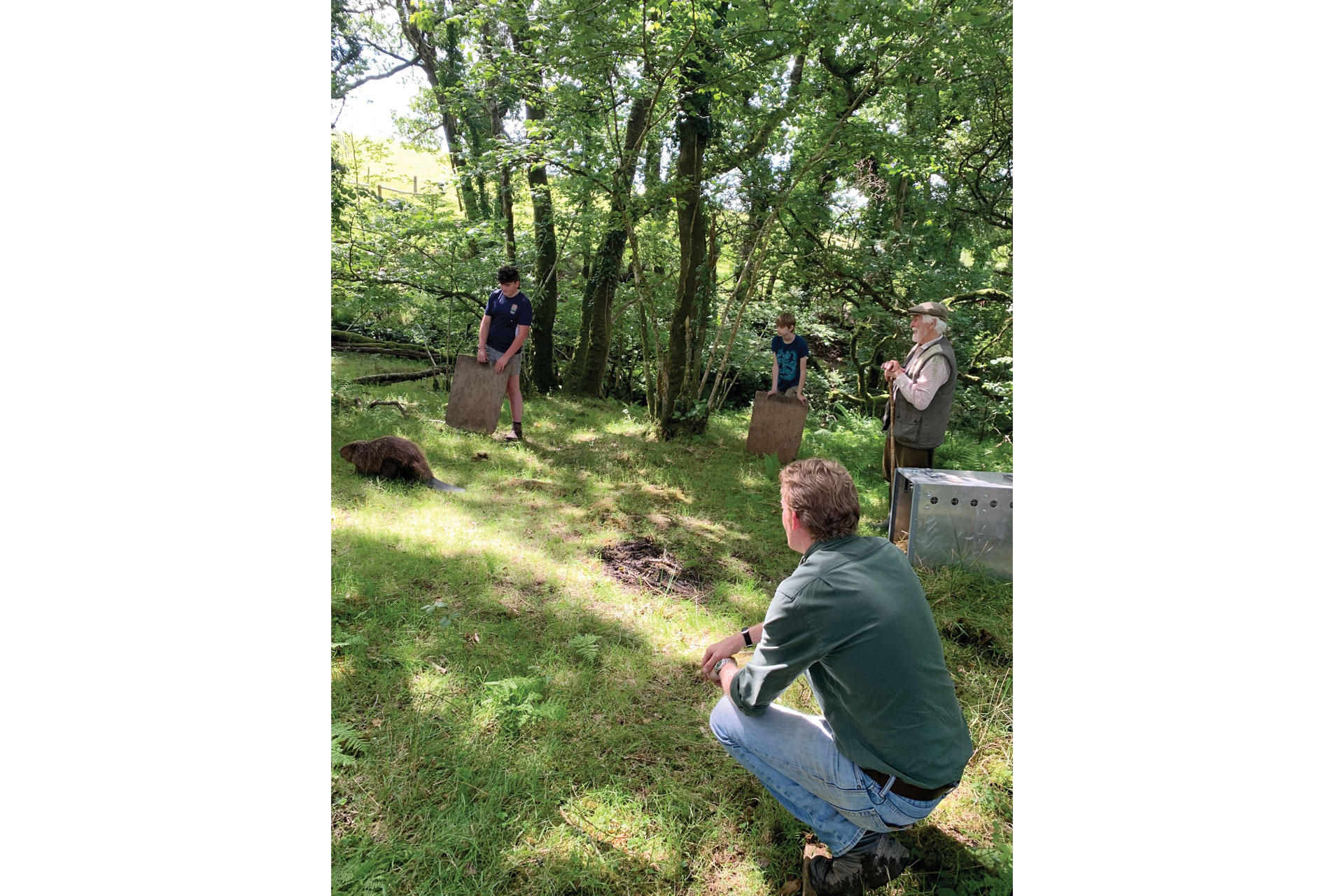
Deep on Bodmin Moor, Cornwall, is a farm that can be traced back to the Domesday Book. Cabilla comprises over 80 acres of ancient oak woodland, rivers and wildflower meadows. Bought by explorer Robin Hanbury-Tenison in the 1960s, it’s been reimagined by his son Merlin and daughter-in-law Lizzie.
‘We’ve got three key strategic pillars that we’re focusing on: restoration, retreats and research,’ explains Lizzie. ‘We want to future-proof it for the next 1,000 years.’ This involves reintroducing keystone species – those that define an ecosystem by their presence or absence – ‘enabling the reintroduction of flora or fauna’.
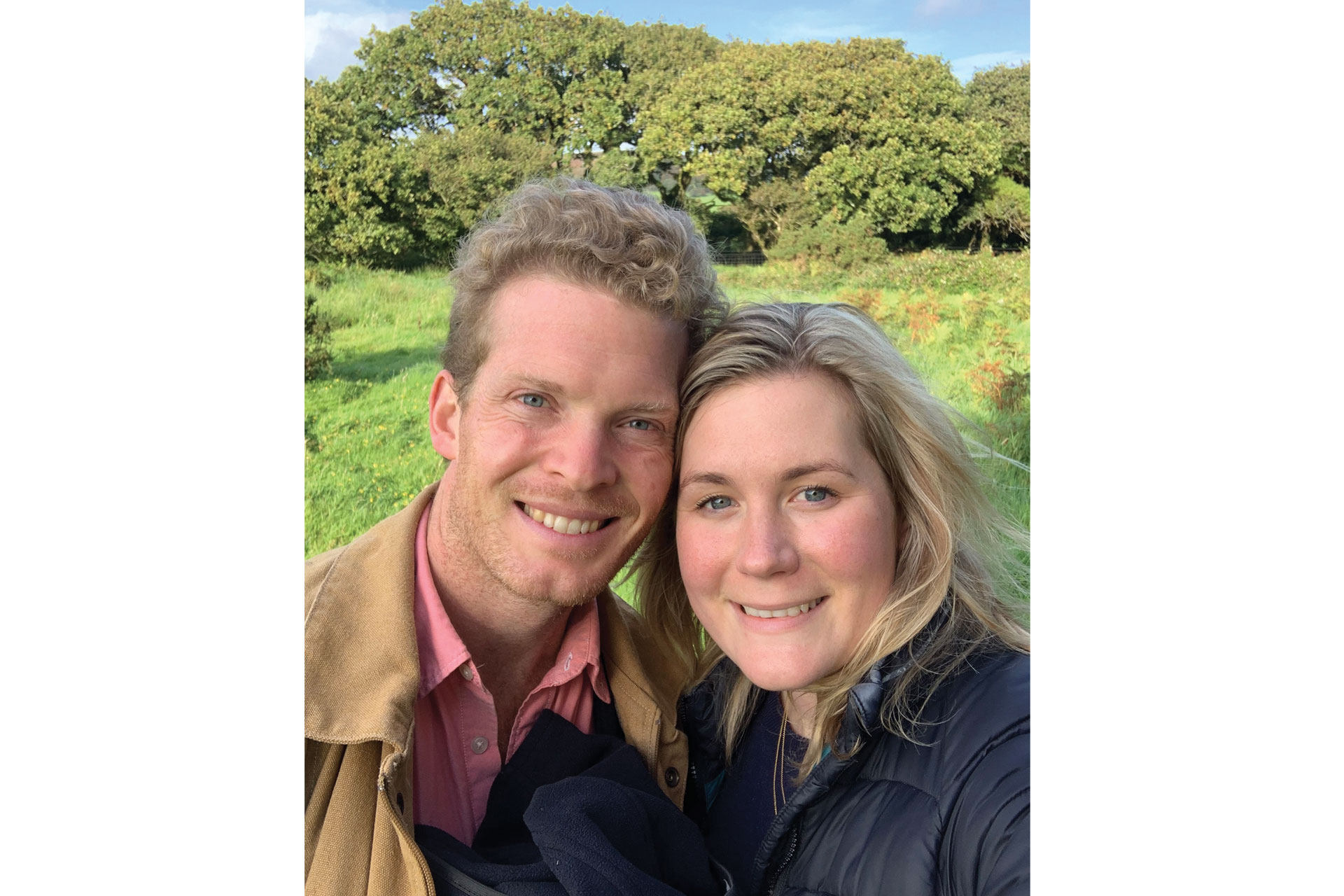
First to be rehomed at Cabilla were beavers, which were hunted to extinction in the UK in the 16th century; Sigourney Beaver and Jean Claude Van Dam are currently enjoying their new quarters on the Warleggan River. Pine martens, red squirrels and Cornish black pigs will also have the red carpet rolled out. ‘We want to pioneer restoration techniques that demonstrate to other farms and landowners that you can be environmentally, economically and spiritually sustainable all at the same time,’ says Lizzie.
This summer they plan to launch forest bathing retreats alongside their restoration work. ‘We’ll be the only forest bathing retreat in the UK with a live research programme… hopefully it’ll prove the positive effects of nature on our physiology,’ says Lizzie.
The mission at Cabilla is clear: ‘we just want people to leave feeling better than when they arrived. It’s about that simple, no-strings-attached connection with nature.’
Cadland, Hampshire
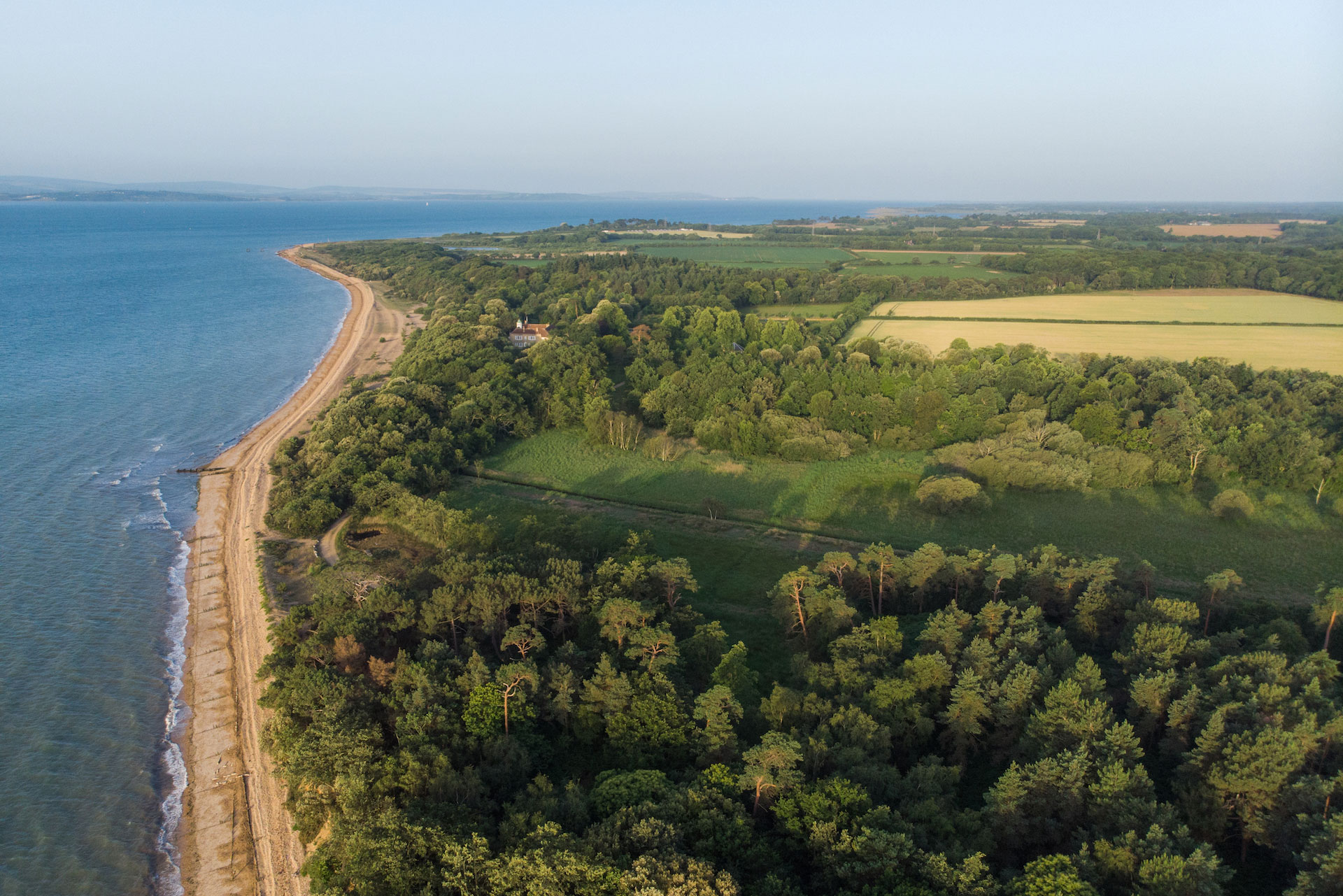
Perched between the New Forest and the Solent, Cadland has been owned by the Drummond family for 240 years. Today, the estate is under the care of Aldred and Fiona (Fee) Drummond, who have undertaken major sustainability and conservation projects since they took over in 2007, including building a saltwater lagoon as a bird sanctuary, creating ten hectares of new salt marsh, and the largest expansion of the New Forest since the Normans. Fiona has just launched Sustainable Solent, an initiative to restore this part of Britain’s coast alongside the ocean health charity Bluemarine Foundation.
Also on the agenda is food, which Fiona is passionate about, after using nutrition to change her family’s health: ‘From epilepsy through to coeliac disease, I have used food as a tool to cure chronic disease,’ she explains. ‘Food is absolutely the answer and I’m scaling it up into our farms so we can farm sustainably but also for future human health.’

Aldred and Fiona Drummond
Fawley Waterside is another big Cadland project, a new town designed by Ben Pentreath and landscaped by Kim Wilkie. It will be car- and plastic-free, with food supplied by the estate.
‘Our vision is that our farm returns to be the community food source,’ explains Fiona. ‘It’s our responsibility to create a circular economy and a sustainable way of living,’ she continues. ‘I believe in tribal living, of old and young living together in a community. We’ve thought long and hard about the optimal way of life, and we think that’s what this place will become.’
MacLeod Estate, Skye
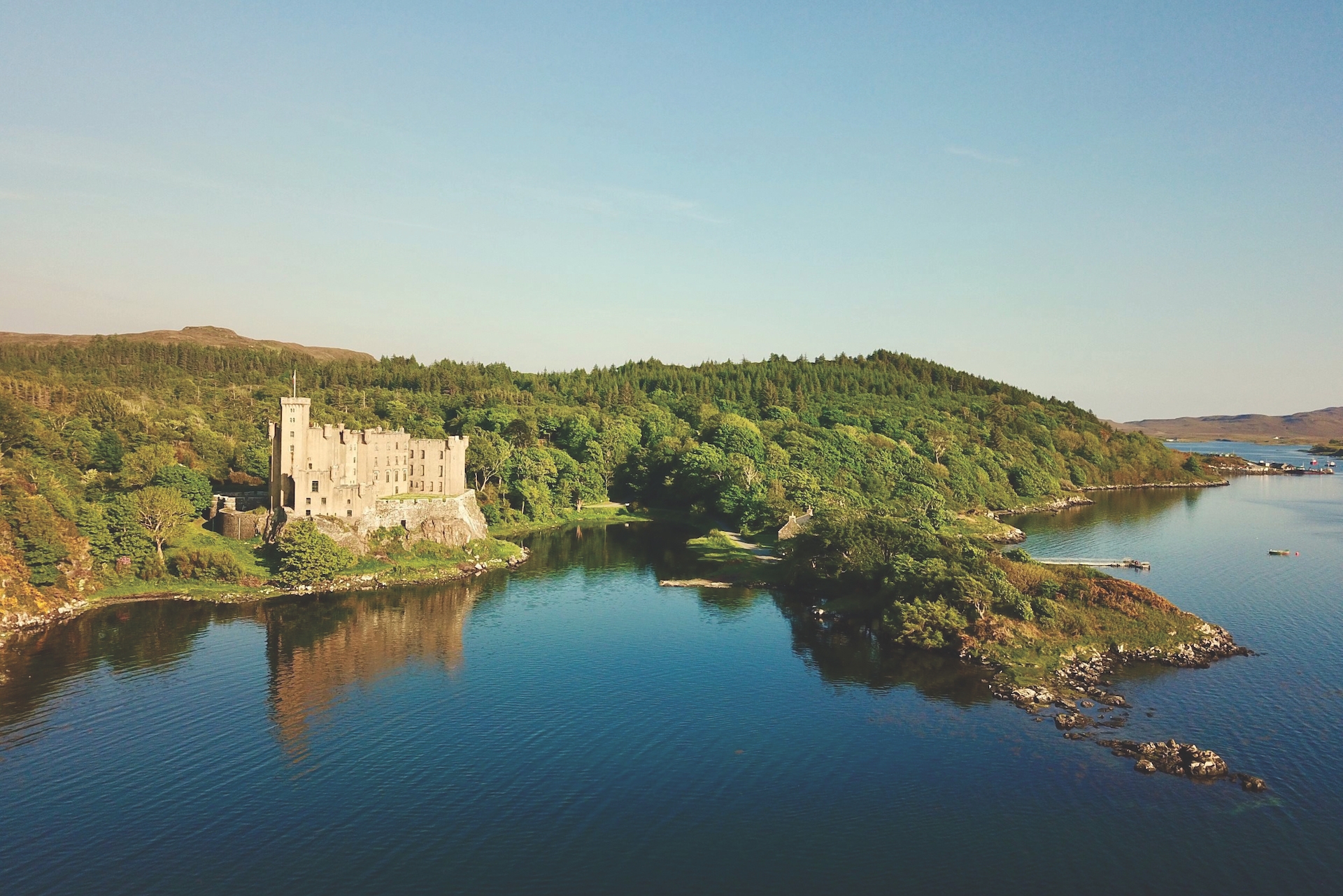
Home to Dunvegan Castle, the ancestral home of the chiefs of Clan MacLeod since the 13th century, the MacLeod Estate spans 42,000 acres over the Isle of Skye. It’s just been awarded a £1 million grant from the Scottish Government and the EU for an ambitious native woodland creation scheme, in which 372,000 native trees will be planted, offsetting an estimated 40,000+ tons of carbon over a 65-year period.
It’s part of a rewilding strategy that Hugh MacLeod, estate director and clan chief, has been working on for some time. ‘I had the idea over ten years ago, when I decided to stop farming at the estate’s Totachocaire Farm, which is not only marginal land, but was also loss-making for almost every year of its operation since it was revived by my late father in the 1970s,’ he explains. ‘This is the first phase of our nascent rewilding plans and once the woodlands are established this will create an extensive and biodiverse habitat to support a number of native species.’
Holkham, Norfolk
Holkham HallHolkham has been the ancestral home of the Coke family, who became the Earls of Leicester, since the 17th century. Today, the estate comprises 25,000 acres of agricultural land and the Holkham National Nature Reserve. It has just launched Wonder, an ambitious new sustainability and conservation programme that encompasses regenerative agriculture, soil rejuvenation, habitat protection and waste reduction. Holkham aims to become a carbon negative estate by 2040.
‘We are not rewilding as we have good agricultural land and we have a responsibility to grow good, healthy and nutritious food,’ explains Thomas Coke, 8th Earl of Leicester. ‘We’re going on a journey, which we started in 2012, of regenerative agriculture. Last year I gave my farming team the aspiration of farming without “cides” – pesticides, insecticides, fungicides – by 2030. And without artificial nitrogen, which is incredibly expensive and environmentally damaging.’ This will involve planting cover crops like clover, vetch, buckwheat and oilseed radish, which instead suck nitrogen out of the atmosphere and deposit it in the soil. ‘It’s what my fourth great-grandfather, Coke of Norfolk, did in the Agricultural Revolution 250 years ago,’ continues Lord Leicester.
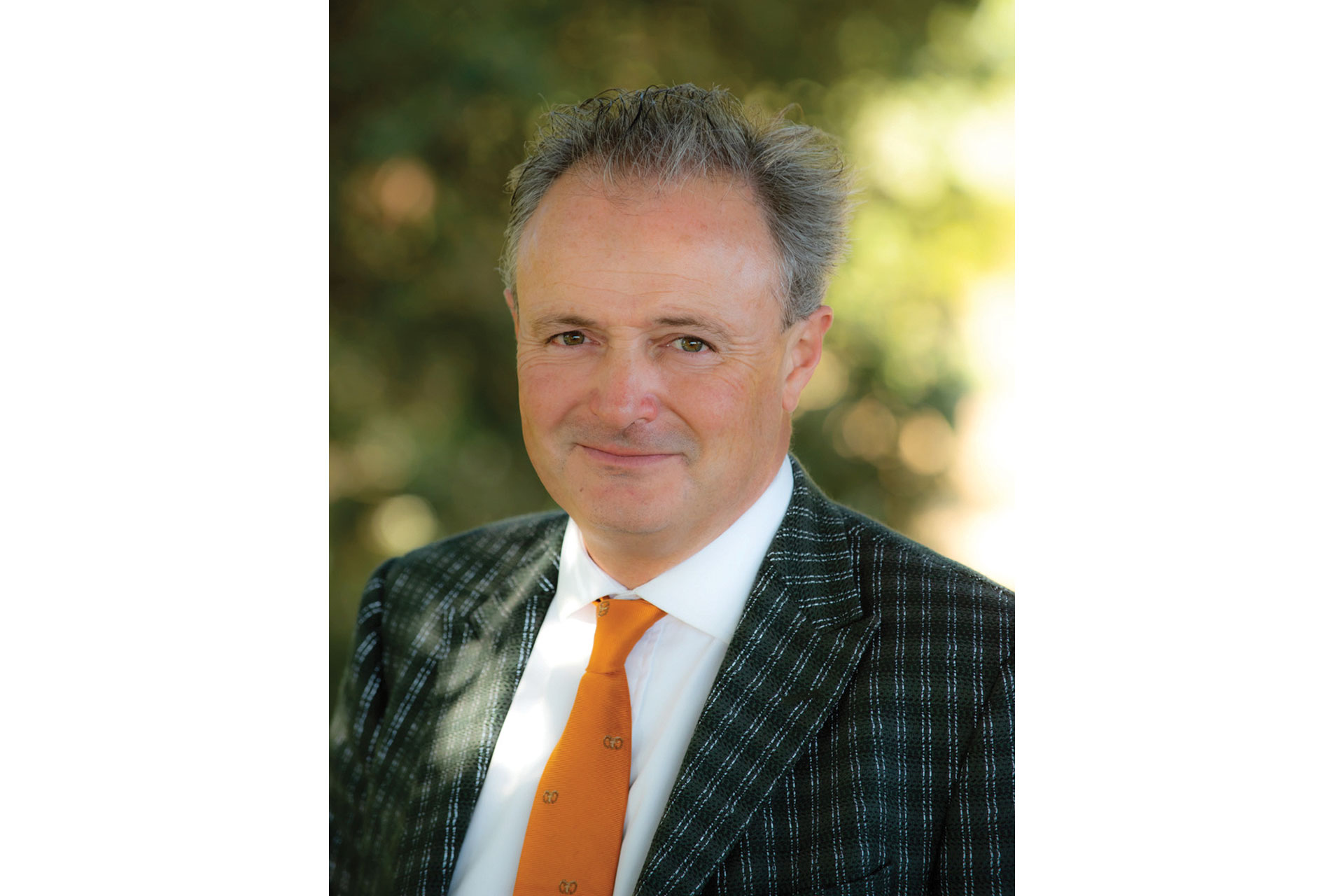
Lord Leicester
He quotes from a letter, written in 1835 by Coke of Norfolk to his son (Lord Leicester’s third great-grandfather) who was then just a boy: ‘I’m an old man, but it has taken me a lifetime to learn the transcending wisdom of nature. Do, I beg of you, study the laws of nature in every aspect. Use them to your advantage and to the betterment of those who live by the land. But do not, I beseech you, try and improve upon them, because you will be courting disaster.’
Like his ancestors before him, Lord Leicester points to the benefits of longevity of purpose when it comes to the environment. ‘Landowners with a long association with the land have, in the main, a really good understanding of it. It brings constancy, it brings continuity. We can take a long-term view.’
READ MORE
Best sustainable fashion brands / The C&TH Culture Radar

